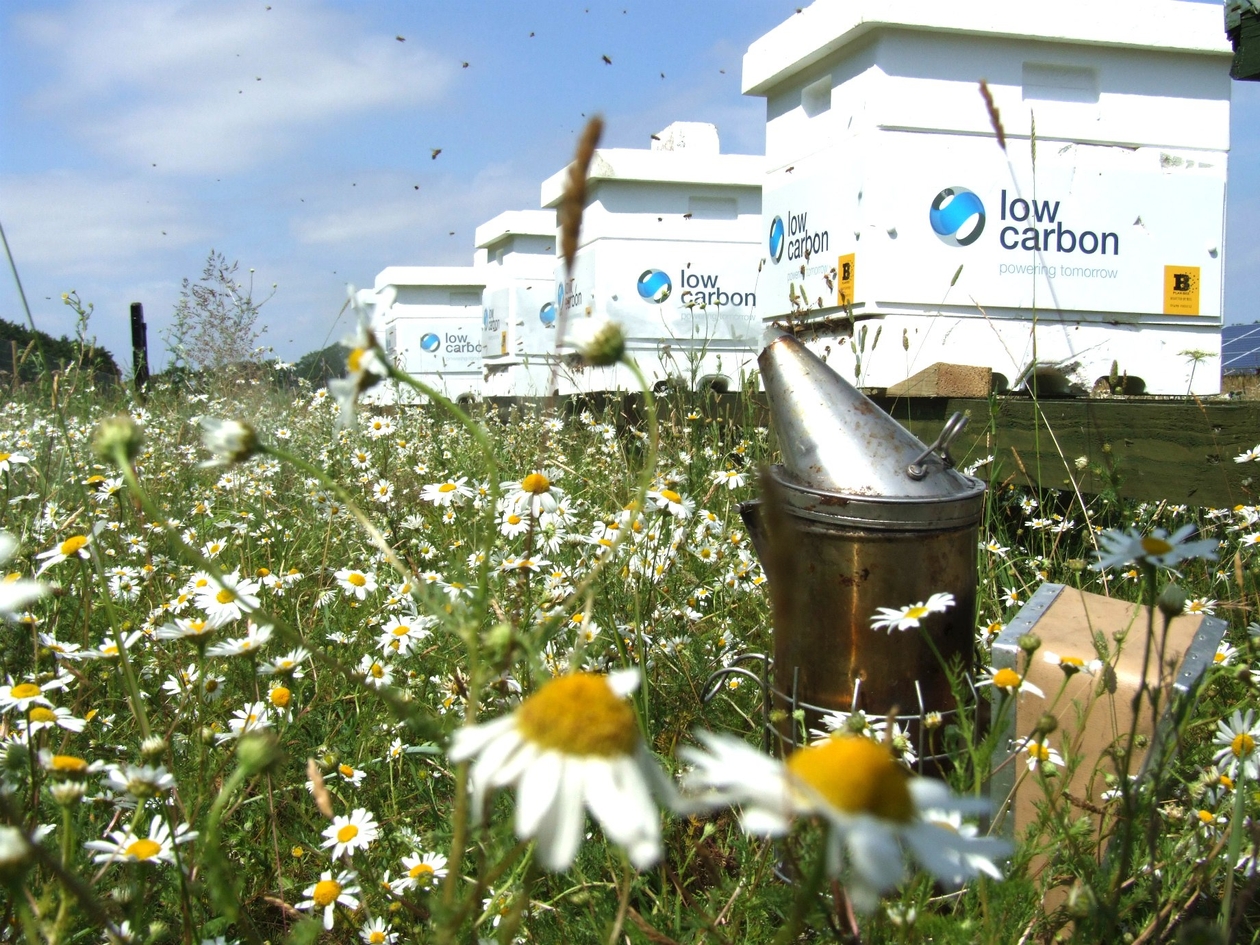Using technology to nurture and protect our honey bees
Low Carbon is committed to making a positive and significant impact on the causes of climate change. While we’re primarily focussed on doing that through increasing the contribution of renewable energy, we are proud of our work to support localised biodiversity across our operations, and honeybees in particular.
Honeybees have a significant role to play in tackling climate change. At Low Carbon, we want to reduce the amount of carbon dioxide being emitted into the atmosphere by providing clean and renewable energy generation at scale. However, to stop the climate from changing irreversibly, carbon that is already in the environment has to be removed.
There are a number of ways of doing this, but one of the most effective and easiest is to increase the amount of fauna coverage.
To do this, we need bees.
They are vital pollinators, for flowers, plants and trees as they fly between them.
They also support local biodiversity and across our solar park portfolio we house more than 2 million of them.
With so many, it would be impossible for us to monitor every single one ourselves so we use a remote monitoring provided by Arnia. Much like an asset management technology, the system allows us to remotely monitor the hive and brood temperature, the hive’s acoustics (so we know how busy it is), and local weather so we can match the data we glean.
Using these systems means we know immediately if there are any problems and we can maximise the health and wellbeing of the brood without disturbing the bees unnecessarily. In fact, the systems are very similar in principle to the ones we use for looking after our renewable energy assets.
We are very proud to be playing our part in finding solutions to climate change and while setting up a clean energy site may not be feasible for everyone, there are easy steps we can all take to support honeybees in their work. For example, mowing the lawn less often or leaving sections of the garden to grow wild, cutting down on pesticides or even setting up your own beehive.

